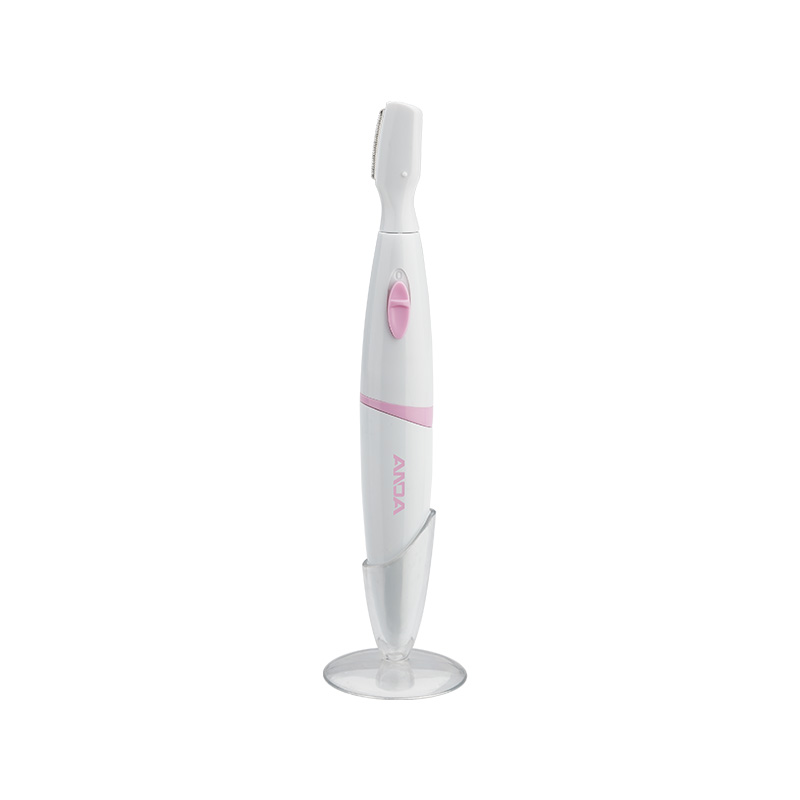 2025.10.10
2025.10.10
 Industry News
Industry News
A Women’s Electric Epilator is designed to remove hair efficiently and smoothly, but its performance can vary depending on hair type. Factors such as hair thickness, density, and coarseness influence how effectively the device can grip and extract hair. Understanding how an epilator interacts with different hair types helps users select the right settings, improve comfort, and achieve consistent results.

Coarse hair presents a unique challenge for epilators because it is thicker and stronger at the root. A high-quality epilator with strong motor power and precisely aligned tweezers is essential to ensure smooth extraction. Devices with multiple rotating heads or advanced tweezing mechanisms can grasp coarse hairs more effectively, reducing the number of passes required. For users with coarse hair, selecting a device with adjustable speed settings allows better control, preventing discomfort or skin irritation during the epilation process.
Fine hair, in contrast, is delicate and thin, often making it harder for the epilator to grasp consistently. Women’s Electric Epilators with closely spaced tweezers or specialized attachments perform better in extracting fine hairs. Adjustable speed modes are particularly useful because slower speeds allow the tweezers to capture finer hairs without missing them. Fine hair often requires multiple passes, so ergonomic design and vibration reduction features enhance comfort during longer sessions.
Dense hair areas, where hair grows closely together, demand efficient extraction without causing excessive discomfort. Epilators designed for dense hair typically have wider head coverage or multiple rows of tweezers to increase hair removal efficiency. Strong motor torque ensures consistent performance even when the hair load is high. For dense hair, using the device at a suitable angle and maintaining proper skin tension improves the effectiveness and reduces the risk of skin pinching.
A key feature for handling various hair types is the ability to adjust speed and use specialized attachments. Higher speeds are beneficial for coarse or dense hair, providing more rapid and forceful extraction. Lower speeds are preferable for fine hair or sensitive areas to reduce pain and ensure precision. Many epilators come with massaging or cooling attachments to reduce discomfort, making the device more versatile across different hair types and body areas.
The performance of any epilator also depends on proper skin preparation and technique. Exfoliating before use removes dead skin cells and reduces the chance of ingrown hairs. Stretching the skin during epilation ensures better contact between the tweezers and the hair, improving extraction efficiency. These practices enhance the effectiveness of Women’s Electric Epilators across coarse, fine, and dense hair types.
A Women’s Electric Epilator can effectively remove hair across various types, but understanding the relationship between hair characteristics and device features is crucial. Coarse hair requires powerful motors and precise tweezers, fine hair benefits from slower speeds and close-together tweezers, and dense hair needs wide coverage with consistent torque. Adjustable speed settings, specialized attachments, and proper technique optimize performance for each hair type. By considering these factors, users can achieve smooth, efficient, and comfortable hair removal, regardless of hair texture or density.